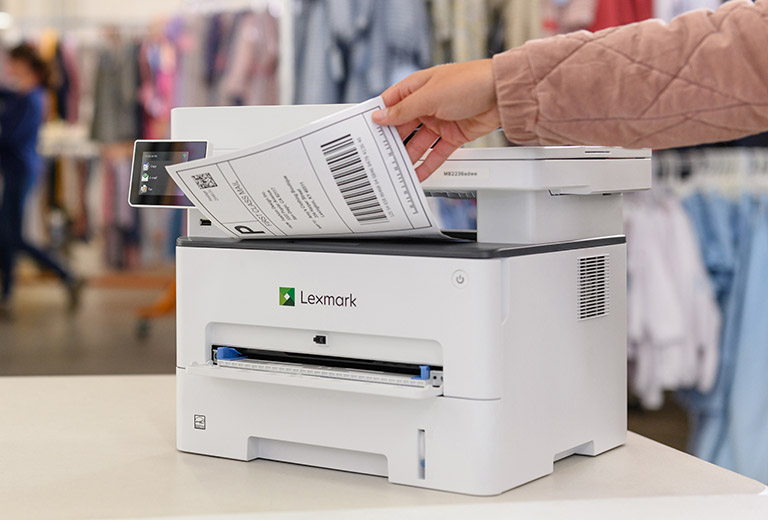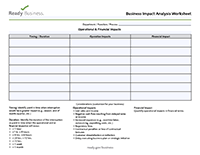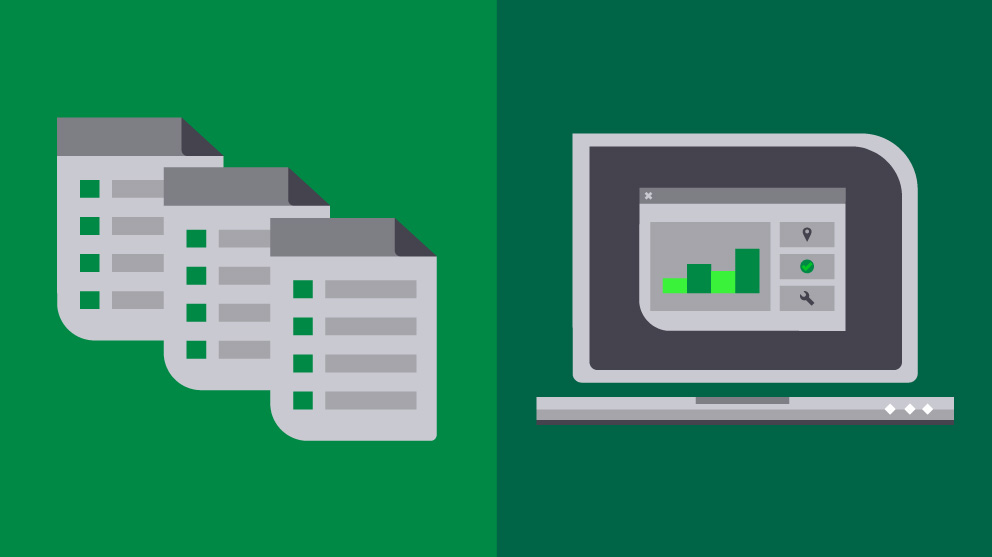A good recovery plan should include the following documents:
1

Employee emergency information contact list
Contact information for employee’s family or partner in case of an emergency
2

Important vendors and suppliers—listed in order of importance for recovery
Protect your supply chain with a list of alternate suppliers including contact information
3

Emergency Action Plan
Evacuation, shelter-in-place, fire, medical and other urgent response plans
4

Vital records
• Important forms
• HR data (current job descriptions and procedures)
• Past invoices
• Customer data
• Bank statements
• Receipts
• Business License
5

Contractual commitments
Fulfill the terms of any legally binding agreement with a system to notify customers and vendors when your business is offline







